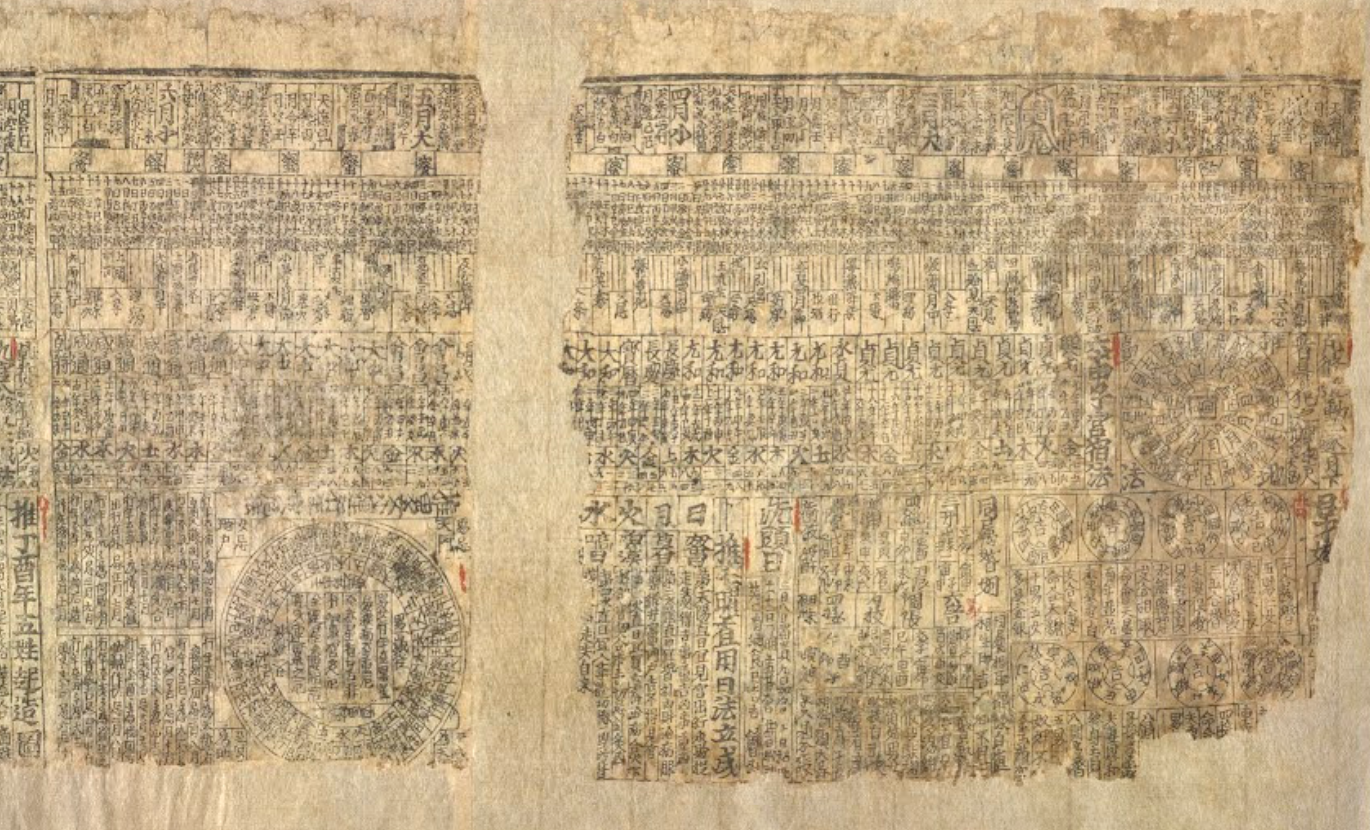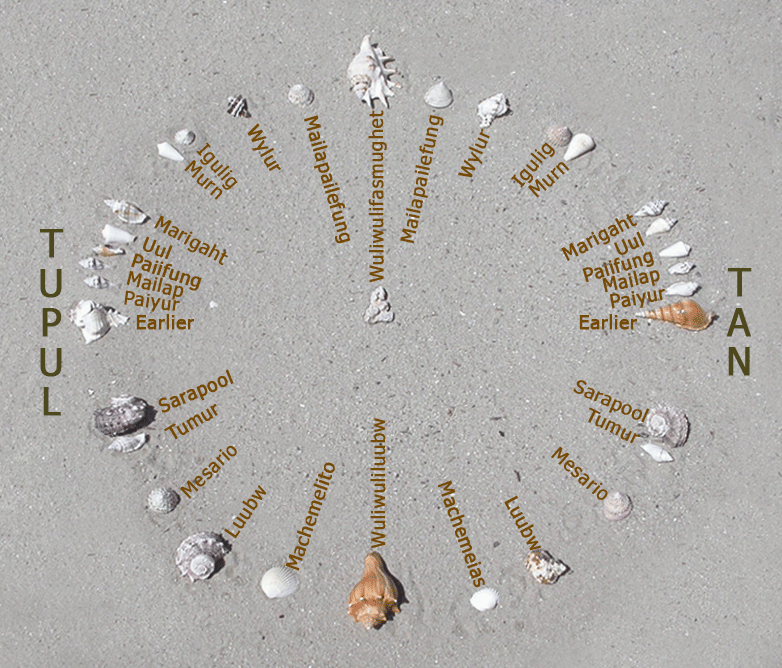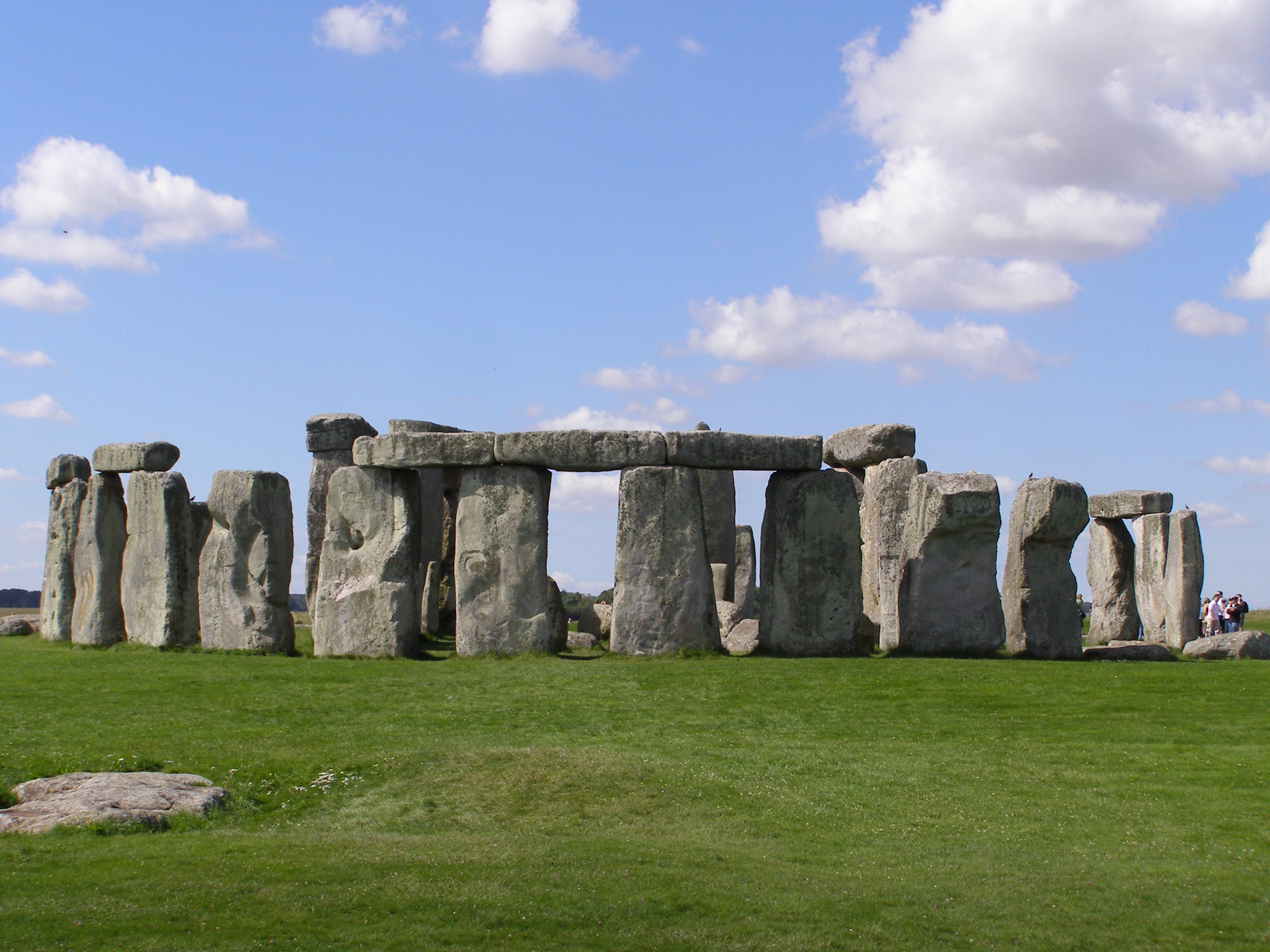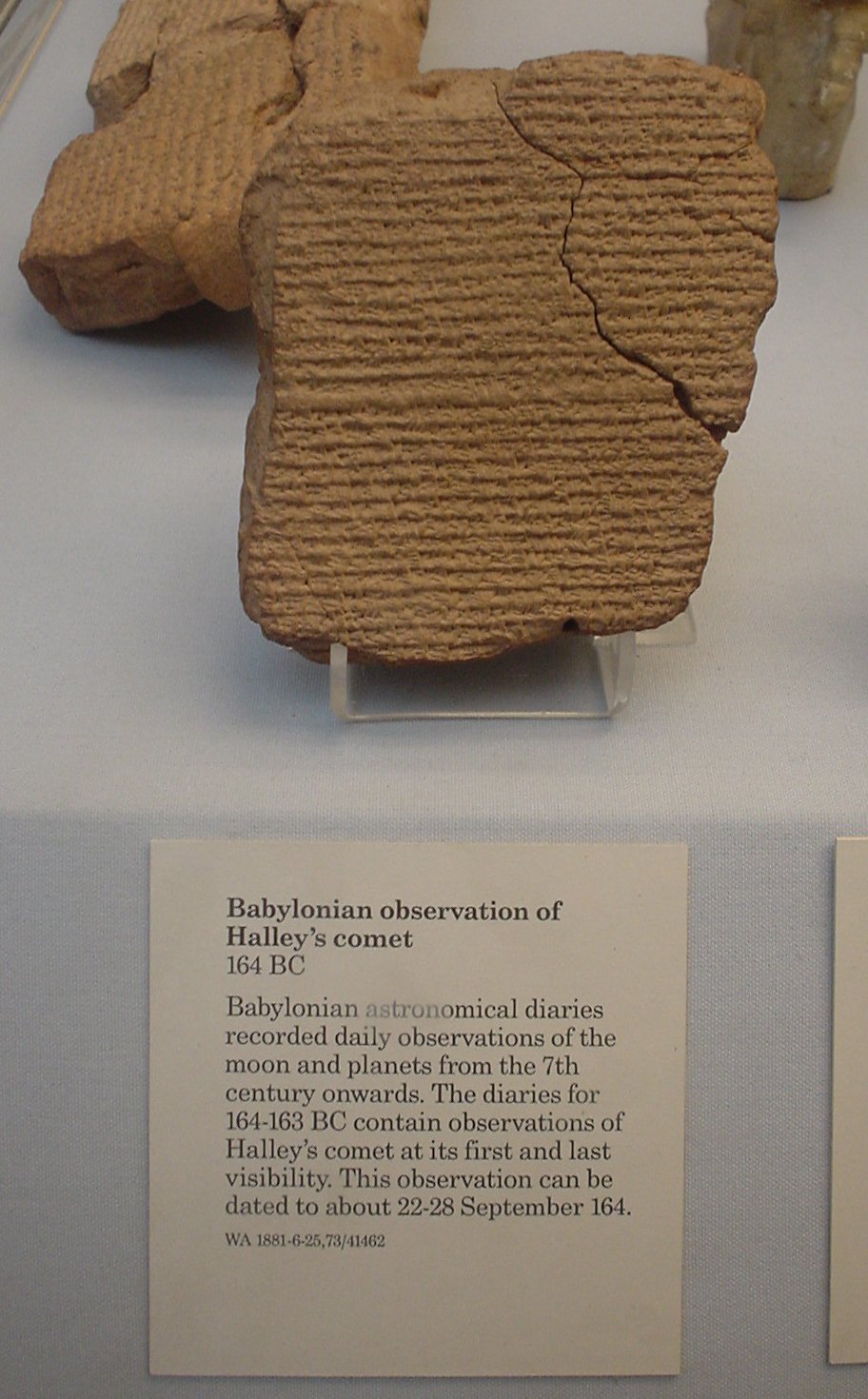Chapter 2 Observing the Sky: The Birth of Astronomy
2.2 Ancient Astronomy Around the World
Learning Objectives
By the end of this section, you will be able to:
- Describe early examples of astronomy around the world
Let us now look briefly back into history. Much of modern Western civilization is derived in one way or another from the ideas of the ancient Greeks and Romans, who got most of their ideas from the ancient Babylonian, Assyrian, and Egyptians. This is true in astronomy as well. However, most other ancient cultures also developed sophisticated systems for observing and interpreting the sky
Astronomy around the World
Here is a link to an interactive site called “Figures in the Stars” that shows constellations from 28 different cultures.
http://www.datasketch.es/may/code/nadieh/
Archaeoastronomy is a fascinating field of study. A nice summary can be found at
https://en.wikipedia.org/wiki/Archaeoastronomy
China
The Chinese had a working calendar; they determined the length of the year about 3000 years ago, about the same time as the Egyptians. The Chinese also recorded comets, bright meteors, and dark spots on the Sun. (Many types of astronomical objects were introduced in the chapter Science and the Universe: A Brief Tour. If you are not familiar with terms like comets and meteors, you may want to review that chapter.) Later, Chinese astronomers kept careful records of “guest stars”—those that are normally too faint to see but suddenly flare up to become visible to the unaided eye for a few weeks or months. We still use some of these records in studying stars that exploded a long time ago. They used a lunar-solar calendar. The Calgary, Alberta, Canada section of the Royal Astronomical Society of Canada have produced a bilingual English-Chinese handout detailing Chinese New Year and its astronomical connections. http://calgary.rasc.ca/downloads/Chinese_New_Year_bilingual_formatted.pdf (http://tiny.cc/c2exqy)
This is a picture of the Dunhuang Scroll, the oldest complete preserved star chart in the world. https://artsandculture.google.com/asset/_/ygEthUJvRUR44Q

Mexico and Central America
Mayan culture in Mexico and Central America developed a sophisticated calendar based on the planet Venus, and they made astronomical observations from sites dedicated to this purpose a thousand years ago.
This link is for an overview of Mayan astronomy. https://en.wikipedia.org/wiki/Maya_astronomy
The Mayan had an interest in Venus. The Dresden Codex dates from about 1300 AD and is the oldest book we have from the Americas. https://en.wikipedia.org/wiki/Dresden_Codex

Polynesian
The Polynesians learned to navigate by the stars over hundreds of kilometers of open ocean—a skill that enabled them to colonize new islands far away from where they began. Here is a link to an article about how they used the stars. https://en.wikipedia.org/wiki/Polynesian_navigation#Navigation_by_the_stars

https://en.wikipedia.org/wiki/Polynesian_navigation#/media/File:Mau-star-compass.png
In Britain, before the widespread use of writing, ancient people used stones to keep track of the motions of the Sun and Moon. We still find some of the great stone circles they built for this purpose, dating from as far back as 2800 BCE. The best known of these is Stonehenge, which is discussed in Earth, Moon, and Sky. https://www.flickr.com/photos/garethwiscombe/1071477228/in/photostream/

Ancient Babylonian, Assyrian, and Egyptian astronomers knew the approximate length of the year. The Egyptians of 3000 years ago, for example, adopted a calendar based on a 365-day year. They kept careful track of the rising time of the bright star Sirius in the predawn sky, which has a yearly cycle that corresponded with the flooding of the Nile River.
https://en.wikipedia.org/wiki/Babylonian_astronomy

https://en.wikipedia.org/wiki/Babylonian_astronomy#/media/File:Babylonian_tablet_recording_Halley%27s_comet.jpg

